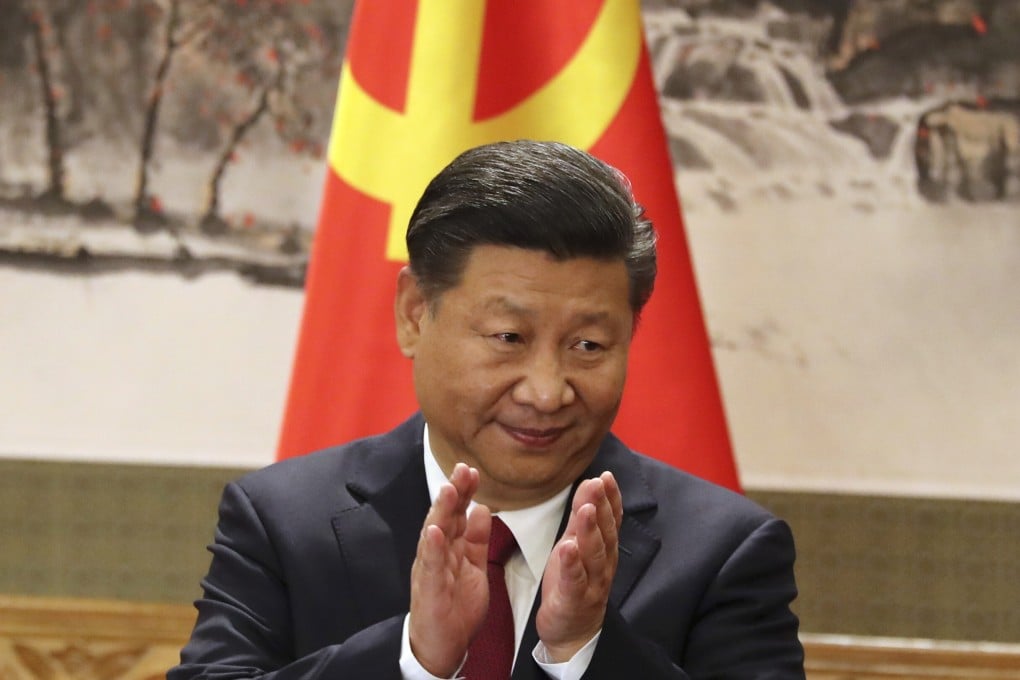Explainer | Xi Jinping’s ‘historical resolution’: what is it and why is it important?
- The pivotal document is likely to look back at key events in party history, enshrine Xi’s role as leader, and set a course for the next few decades
- It is only the third since the Chinese Communist Party’s foundation 100 years ago, with previous resolutions delivered by Mao Zedong and Deng Xiaoping

On Monday, top officials of China’s Communist Party will consider and likely adopt a “historical resolution” at the Central Committee’s most important meeting ahead of next year’s national congress.
The pivotal document is only the third of its kind since the party’s foundation in 1921, with the first issued by Mao Zedong in 1945 and the second by Deng Xiaoping in 1981.
What are ‘historical resolutions’?
Historical resolutions are official summaries of the party’s history from its formation in 1921 to the point of the resolution’s publication. They address leading political figures, key achievements, lessons learned, and directions for future policies.
These resolutions are chiefly drafted by China’s leader and later discussed by the Central Committee. Each committee usually holds seven plenary sessions during its five-year term, and past resolutions have also been issued at the sixth plenary session, which typically focuses on ideology and party building.
This year’s plenum will be conducted by the 19th Central Committee, which was elected in 2017 and will sit until 2022.
What did previous resolutions look at?
Both historical resolutions can be said to have occurred after tumultuous periods in the party’s history, at turning points that gave leaders the occasion to interpret key historical narratives and the policies of their predecessors, while prescribing a course of action going forward.